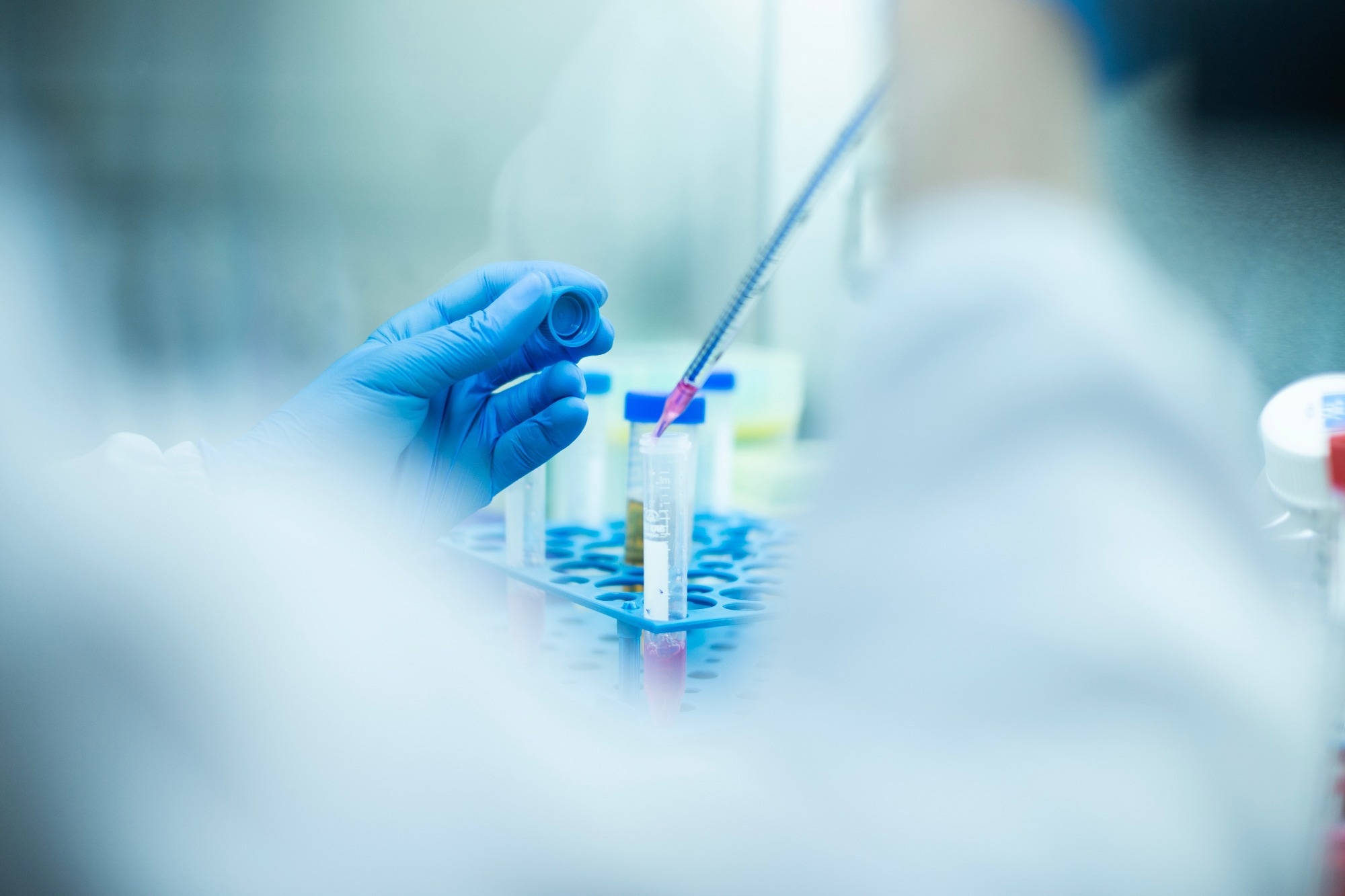Stem cell technology has radically improved the scope of regenerative medicine and helped address the major challenge of organ and tissue shortage. Stem cell transplantation is also a promising avenue for addressing age-related degeneration and diseases and injuries that require tissue regeneration.
In a recent review published in Heliyon, researchers from China discussed the recent advances and challenges associated with the development and application of stem cells for the regeneration of cartilage and bone, and the treatment of hematological and neurological conditions.
 Study: Advancements and challenges in stem cell transplantation for regenerative medicine. Image Credit: alicancomertpay/Shutterstock.com
Study: Advancements and challenges in stem cell transplantation for regenerative medicine. Image Credit: alicancomertpay/Shutterstock.com
Stem Cell Transplantation
Stem cells are categorized into four classes based on their potential to differentiate, with totipotent stem cells having the ability to transform into any cell type, including a complete organism. The only totipotent stem cell in humans is the zygote. The other stem cell types include unipotent, multipotent, and pluripotent stem cells.
While unipotent stem cells can only divide into one type of cell, multipotent stem cells can give rise to several types of cells within an organ system.
Pluripotent stem cells have a broader scope of differentiation and can give rise to numerous types of cells. The interactions between pluripotency-associated factors control the differentiation of these stem cells.
The controlled upregulation of pluripotency-associated factors can give rise to induced pluripotent stem cells or iPSCs. Stem cell transplantation involves the use of cells from within an individual, from genetically similar and immune-compatible individuals, or genetically unrelated individuals.
Immunosuppressants and tissue typing based on human leukocyte antigen (HLA) are used to lower the probability of graft or organ rejection.
Stem Cell Technology and Ethical Concerns and Regulations
Since their discovery and isolation by James Thomson in 1998, human embryonic stem cells (ESCs) have been used for regenerative medicine because of their pluripotency.
The regulation of ESC differentiation using key transcription factors has resulted in the use of human ESCs for treating various injuries and diseases, such as spinal cord injuries and age-related macular degeneration, where ESCs are programmed to differentiate into the cone cells of the retina.
Cardiomyocytes and cardiovascular progenitor cells have also been derived from ESCs to treat cardiovascular diseases such as arrhythmia and repair heart tissue. Additionally, human ESCs have been used to form hepatocytes, pancreatic β cells, chondrocytes, and pacemaker cells to treat liver injuries, type 2 diabetes, osteoarthritis, and for restoring heart rhythm, respectively.
Since 2006, the development of iPSCs has further expanded the applications of stem cells in regenerative medicine, with reprogrammed adult cells being used to form organoids, neuronal cells, and more.
However, the risk of immune rejection, tumorigenicity, ethical concerns, and high production costs remain significant challenges in the field.
The researchers also discussed some of the regulatory and ethical challenges in detail, including the preference for ethically favorable iPSCs over embryonic stem cells.
The study expanded on the potential applications of iPSCs in treating neurodegenerative disorders, lung disease, genetic disorders, acquired immunodeficiency syndrome, autism, and mental health disorders such as schizophrenia.
Additionally, the researchers examined the recent advancements in the generation of iPSCs using clustered regularly interspaced short palindromic repeats (CRISPR)-CRISPR-associated protein (Cas) systems and their use in drug development.
Recent Advances and Applications
The review also delved deep into the development and applications of tissue-specific stem cells (TSCs), as well as the associated challenges. While TSCs can maintain the plasticity that is characteristic of stem cells, their differentiation ability is limited, and factors such as scarcity and difficulties in in vitro manipulation are roadblocks in the large-scale production of TSCs for therapeutic use.
Specific TSCs and their applications were explored in depth in the review, including pancreatic progenitor cells for diabetes treatment, dental pulp cells for neurogenic restoration, and stem cells from the inner ear for use in treating hearing loss.
Numerous advances in TSCs, such as the use of mesenchymal stem cells (MSCs) for liver and muscle regeneration, the development of three-dimensional scaffolds to generate intestinal tissue, and novel methods to treat alopecia, were also discussed.
The researchers also examined the immunomodulatory properties of MSCs, including their role in suppressing T cell responses and promoting a shift from the M1 phenotype of macrophages to the M2 phenotype, which is beneficial for treating immune-mediated disorders such as Crohn’s disease, and graft-versus-host disease.
The role of MSCs in influencing cytokine profiles, reducing inflammatory responses, and promoting angiogenesis and tissue repair were also discussed.
Conclusions
In summary, this comprehensive review expounded on the significant advances in and numerous applications of stem cell transplantation in regenerative medicine, with concise examples of the applications of various types of stem cells in specific diseases.
The researchers also discussed the challenges associated with production costs, safety concerns due to tumorigenicity and graft rejection, and side effects from immunosuppressants.
The focus of future research in the field is on improving the efficacy, safety, and affordability of stem cell transplantation by improving stem cell sources and techniques and ensuring long-term stability and safety.
The researchers believe that collaborative efforts can significantly further the advances in stem cell transplantation and improve patient outcomes.
Journal reference:
-
Wei, L., Yan, W., Shah, W., Zhang, Z., Wang, M., Liu, B., Xue, Z., Cao, Y., Hou, X., Zhang, K., Yan, B. & Wang, X. (2024) Advancements and challenges in stem cell transplantation for regenerative medicine. Heliyon. 10, e35836. doi:10.1016/j.heliyon.2024.e35836. https://www.sciencedirect.com/science/article/pii/S2405844024118671